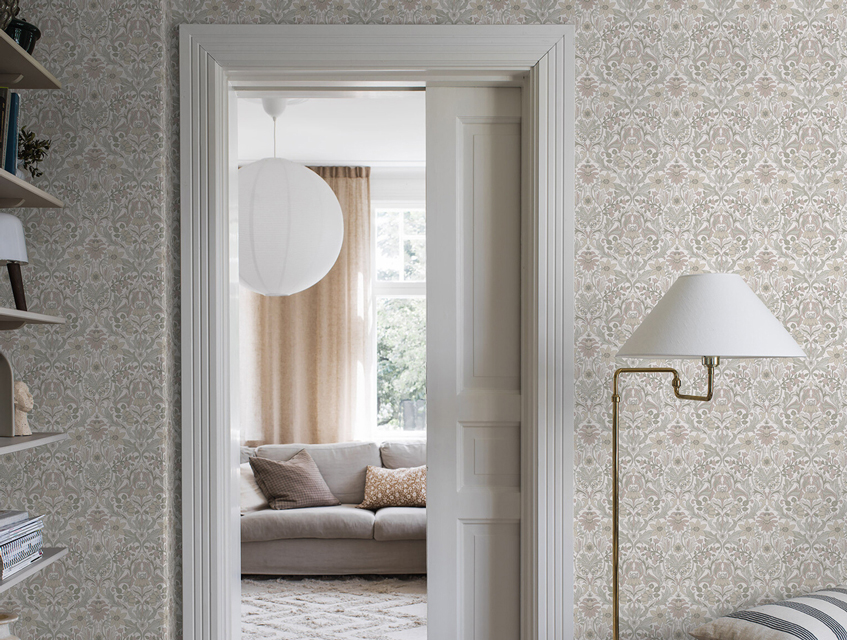 People love having wallpapers in their homes and offices for several reasons:
People love having wallpapers in their homes and offices for several reasons:
Aesthetics: Wallpapers offer a wide range of designs and patterns that can enhance the look and feel of a space. They come in different styles, colors, and textures, making it easier for people to choose one that fits their personal taste and the overall decor of their homes or offices.
Variety: Wallpapers come in a variety of materials, including vinyl, non-woven, and paper, each with its unique features. This variety provides people with many options to choose from when it comes to decorating their spaces.
Durability: Some wallpaper materials, such as vinyl, are durable and can withstand wear and tear, making them a great option for high-traffic areas such as living rooms and hallways.
Cost-effective: Wallpapers can be a cost-effective alternative to traditional painting methods. They are often easier and quicker to install and do not require the same level of expertise as painting.
Concealment: Wallpapers can be used to hide imperfections in walls, such as cracks, dents, and stains, making it easier to achieve a flawless, polished look.
Insulation: Some wallpaper materials, such as non-woven, can offer insulation benefits, helping to regulate the temperature in a space and reducing energy costs.
Personalisation: Wallpapers offer people the opportunity to personalize their spaces and make them truly their own. They can be used to express individuality and creativity, and create a unique and welcoming atmosphere.
In conclusion, wallpapers offer a combination of aesthetic, functional, and practical benefits, making them a popular choice for both homes and offices.
What are the detailed precautions for Wallpapers?
Surface Preparation: The surface where the wallpaper will be applied should be clean, dry, and free of any loose material. Old wallpaper should be removed and any holes or cracks should be repaired.
Wall Condition: The condition of the wall should be checked for any dampness, mold, or mildew, which can cause the wallpaper to deteriorate over time. Any issues should be addressed before wallpaper is applied.
Measurement and Cutting: Measure the wall accurately and cut the wallpaper to size, allowing for a little extra on each piece to allow for trimming during installation.
Adhesive: Use a wallpaper adhesive that is recommended for the type of wallpaper being used and follow the manufacturer’s instructions for mixing and application.
Seams: Proper seam alignment is important to avoid visible seams and to ensure the wallpaper hangs evenly on the wall. Use a seam roller to press the edges of each piece of wallpaper together, creating a tight seam.
Overlapping: Overlap the edges of each piece of wallpaper slightly to ensure good coverage and to reduce the chance of air bubbles forming during installation.
Trimming: Trim the wallpaper carefully along the edges, using a sharp blade or trimming tool to avoid damaging the wallpaper or the wall.
Drying: Allow the wallpaper to dry completely before hanging any pictures or other objects on the wall.
Maintenance: Clean the wallpaper regularly using a gentle, damp cloth to maintain its appearance and prolong its life.
